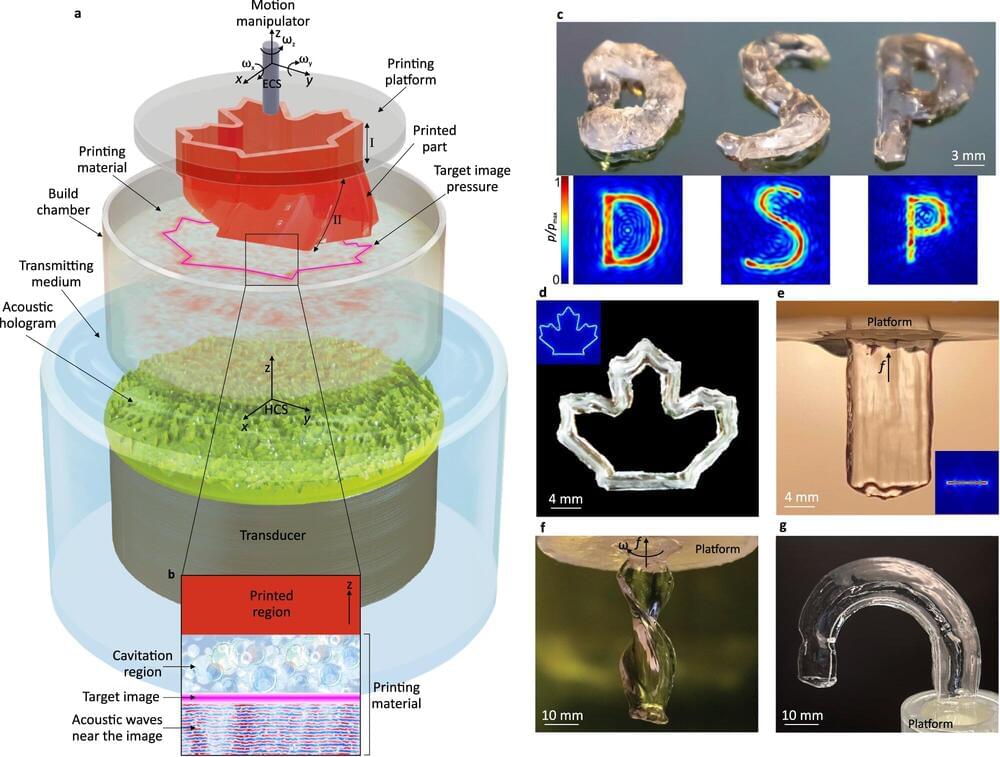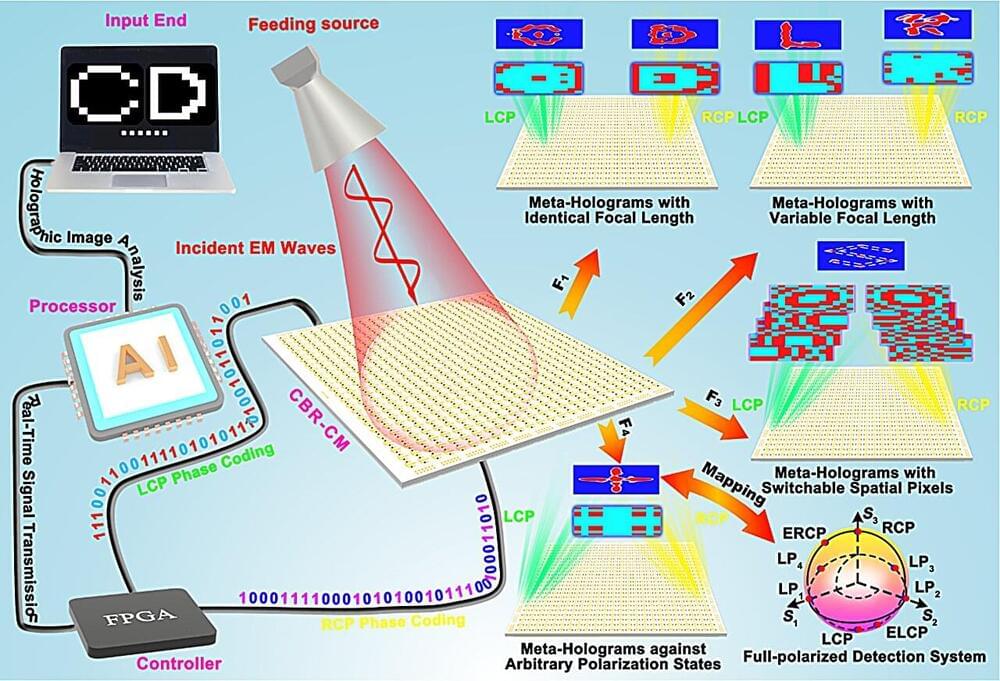A 1930s-era breakthrough is helping physicists understand how quantum threads could weave together into a holographic space-time fabric.




Following the accelerated expansion discovery of the Universe, scientists introduced dark energy concepts, which faced issues like the cosmological constant problem.
Researchers at IKBFU developed a holographic dark energy model based on quantum gravity, which views the Universe as a hologram. This model, initially unstable, was refined to treat dark energy as perturbations, stabilizing it. It is now being tested against observational data for accuracy.
Discovery of Accelerated Universe Expansion.
Back in August 2021, LA-based Portl launched a 7-ft-tall hologram projection box for life-like remote communications. Now renamed Proto, the company has revealed that its Epic technology is allowing cancer patients to consult life-size virtual specialists.
Proto was founded in 2018 by David Nussbaum, who took his experience working on huge holograms for arena gigs, movie premieres and fashion shows to produce a hologram in a box called the Epic. The idea is to plonk the machine in a venue, university, boardroom, medical facility and so on, and allow folks to chat with a life-like 3D hologram of a person who might be thousands of miles away.
So instead of a tiny image on a smartphone screen, the viewer essentially gets to interact with someone as if they’re actually in the room for a more natural communications experience. LED lighting inside the box helps with shadows and reflections for added realism, the front of the unit is touch-enabled, microphones and speakers are cooked in, and there are AI-powered cameras onboard too.

Researchers have developed a new smartphone-based digital holographic microscope that enables precision 3D measurements. The highly portable and inexpensive microscope could help bring 3D measurement capabilities to a broader range of applications, including educational uses and point-of-care diagnostics in resource-limited settings.

Entangled particles of light can transmit holographic images that can be selectively erased, allowing for secure communications that can also be deleted.



New “metaholograms” could transform AR/VR technologies by enabling crosstalk-free, high-fidelity image projection with vastly increased information capacity.
Researchers have developed a new type of holograms, known as “metaholograms,” capable of projecting multiple high-fidelity images free of crosstalk. This innovation opens doors to advanced applications in virtual and augmented reality (AR/VR) displays, data storage, and image encryption.
Metaholograms offer several advantages over traditional holograms, including broader operational bandwidth, higher imaging resolution, wider viewing angle, and more compact size. However, a major challenge for metaholograms has been their limited information capacity which only allows them to project a few independent images. Existing methods typically can provide a small number of display channels and often suffer from inter-channel crosstalk during image projections.